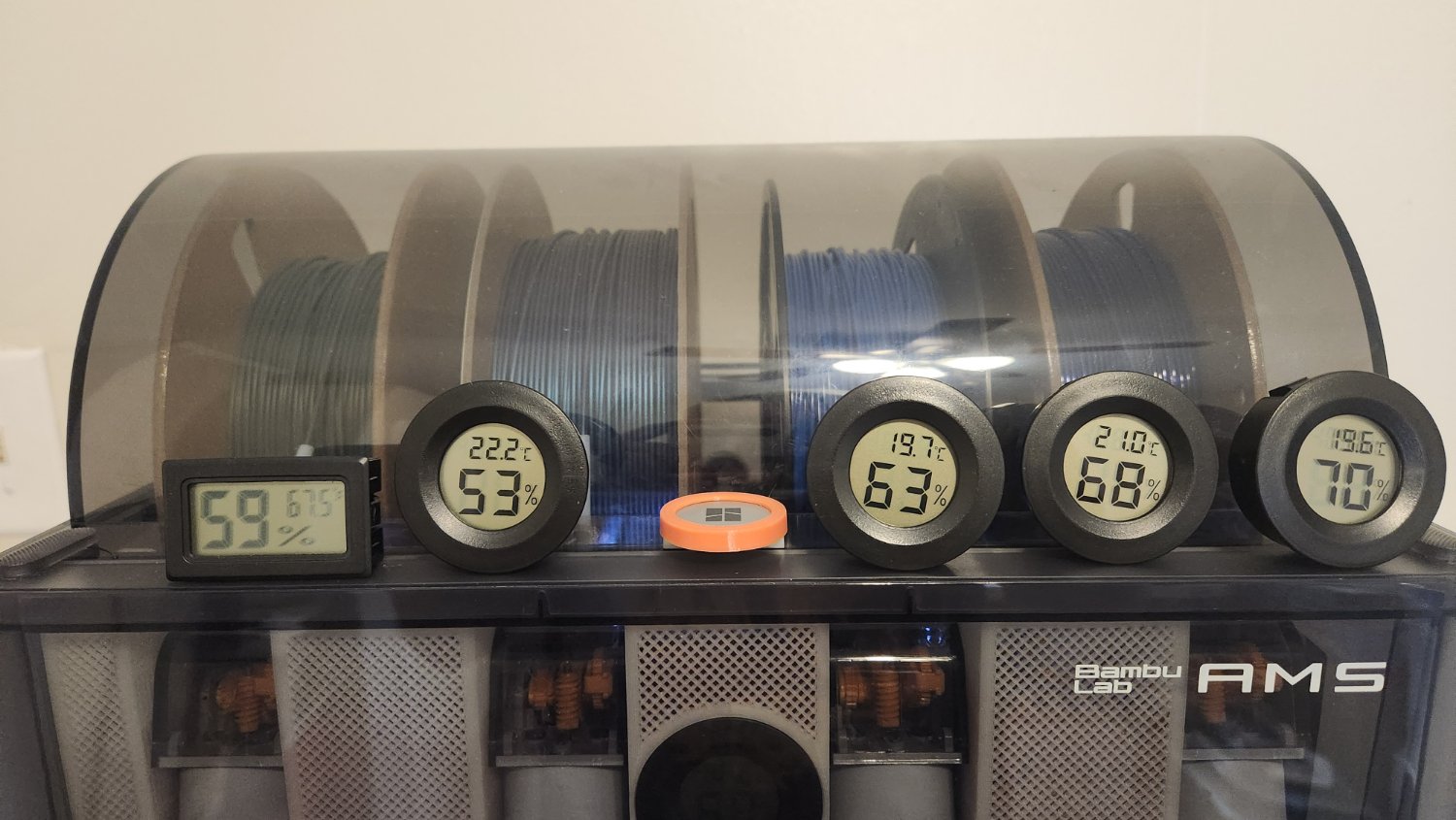3DPrinting
3DPrinting is a place where makers of all skill levels and walks of life can learn about and discuss 3D printing and development of 3D printed parts and devices.
The r/functionalprint community is now located at: or !functionalprint@fedia.io
There are CAD communities available at: !cad@lemmy.world or !freecad@lemmy.ml
Rules
-
No bigotry - including racism, sexism, ableism, homophobia, transphobia, or xenophobia. Code of Conduct.
-
Be respectful, especially when disagreeing. Everyone should feel welcome here.
-
No porn (NSFW prints are acceptable but must be marked NSFW)
-
No Ads / Spamming / Guerrilla Marketing
-
Do not create links to reddit
-
If you see an issue please flag it
-
No guns
-
No injury gore posts
If you need an easy way to host pictures, https://catbox.moe/ may be an option. Be ethical about what you post and donate if you are able or use this a lot. It is just an individual hosting content, not a company. The image embedding syntax for Lemmy is 
Moderation policy: Light, mostly invisible
view the rest of the comments

Fair enough. I guess my point is that since they swing between them so much how do you know you didn't put a sensor in there that is reading way under humidity and is actually closer to 40% while reading 15?
I guess it doesn't really matter if it's just to see if the humidity appears to be increasing over time but that difference between them makes me worry I won't catch if it's actually matching humidity because of a difference between the readouts.
I'm also a very OCD nerd about certain things so, that's not helping me with these. I feel I can't compare any one of them against another for much purpose but only use them singularly at best for humidity change trend if I'm actively tracking it.
Say outside is reading higher than actual and inside is reading under actual and you might miss them being technically the same. I also just got non indicating desiccant so that's another reason I kinda care.